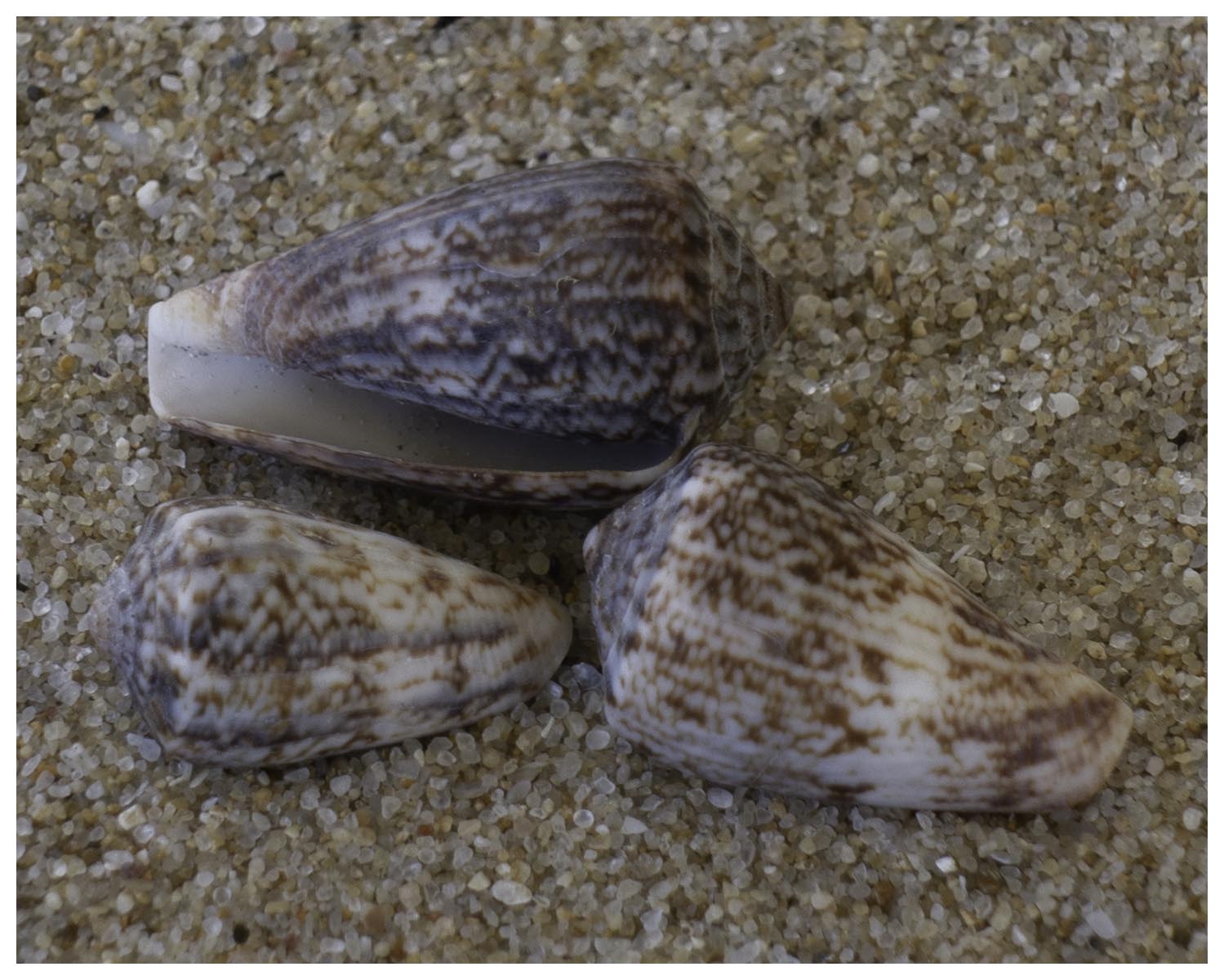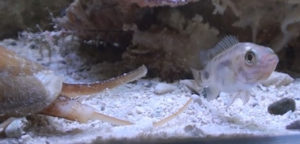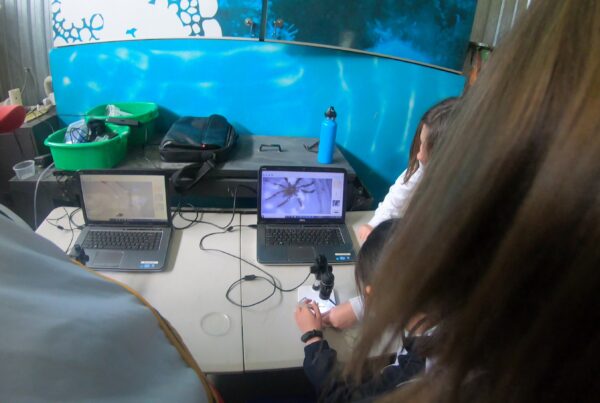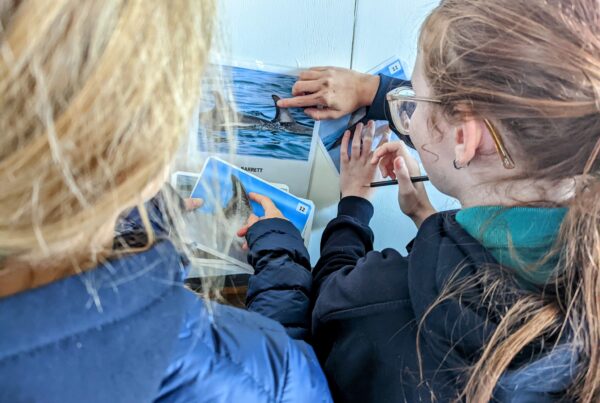PRESENTING THE AMAZING CONE SNAIL!!
These are cone snail shells from Victoria. All species of cone snails are carnivorous hunters that use poisons to paralyse and kill their prey. Tropical species have caused human fatalities.
The cone snails we find on Victoria’s rocky shores are nocturnal hunters and like 70% of all cone snails, they eat worms. The remaining 30% of cone snails are evenly divided between those eating other snails and those eating fish.
As shown in the picture below, when a cone snail is hunting it uses its siphon to draw in water, tasting it for the chemical signature of its prey. Once prey is located the snail closes in, extending its proboscis towards the prey. The proboscis can extend twice the length of the shell and carries within it a harpoon. When the end of the proboscis touches the prey, the harpoon is fired into the animal and venom is injected. This takes around one-tenth of a second, giving the prey little chance of escape. The venom interrupts the ability of nerve cells to communicate with each other causing paralysis within seconds and death soon after. The snail retracts the proboscis pulling back the dying prey which is then eaten.
This hunting strategy relies on the harpoon and toxins. The size and shape of the harpoon varies depending on the type of food the cone snail hunts. Worm eaters have a short, broad serrated harpoon with strong barbs in the middle while fish eaters have a long smooth harpoon tipped with long curved barbs. All harpoons are hollow and connected to a venom sac within the snail, allowing for toxins to be injected into the prey. Once the harpoon has been used it is discarded and a new one installed in the proboscis.
The venom of the cone snails is not one compound but a mixture of up to 100 different chemicals called peptides. The venom’s peptide mixture not only varies between species, but each snail can rapidly change the mixture it produces. The venom used to kill prey is a different combination of peptides to a venom used for defence against a predator. The following video clip shows how a cone shell stabs and swallows a fish whole!!!
So, if you find cone snails on the beach, remember “if it’s a cone, leave it alone.”
If you would like to learn more about the fascinating world of cone snails and the huge diversity of life that can be found in your local rock pools please contact Education Director Mandy Robertson on education@dolphinresearch.org.au





